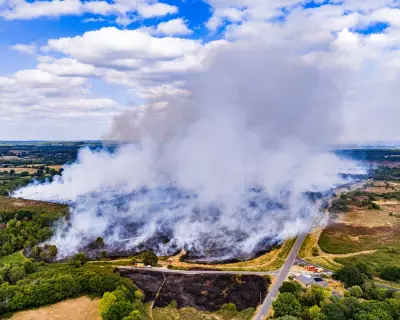
British gardeners are being put on high alert as experts reveal that Japanese knotweed, the notorious invasive plant, is entering its most dangerous phase of growth. This botanical menace is now emerging from its winter dormancy, posing a serious threat to properties across the UK.
The Spring Surge: Why Now Is Critical
As temperatures rise, Japanese knotweed begins its aggressive growth cycle, capable of shooting up by an astonishing 10cm per day during peak season. What makes this plant particularly treacherous is its ability to exploit any weakness in your property's defences.
Chris Bonnett from GardeningExpress.co.uk warns: "The plant's relentless growth can exploit existing cracks in concrete, brickwork, and even drainage systems. Homeowners often don't realise the extent of the damage until it's too late."
Beyond Garden Borders: The Hidden Dangers
This isn't just a gardening problem—it's a structural nightmare. The plant's powerful root system can:
- Damage foundations and walls
- Compromise structural integrity
- Block drainage systems
- Reduce property values significantly
Many homeowners remain unaware they're hosting this unwelcome guest until they attempt to sell their property, only to discover their home has been branded with the knotweed curse.
Identification Guide: Know Your Enemy
Spotting Japanese knotweed early is crucial for effective control. Key characteristics include:
- Reddish-purple shoots emerging in spring
- Heart-shaped leaves with flat bases
- Bamboo-like stems with distinctive nodes
- White flower clusters in late summer
If you suspect you have Japanese knotweed, immediate action is essential. Professional removal is strongly recommended, as improper handling can actually spread the problem.
The Legal Landscape: Your Responsibilities
While Japanese knotweed isn't illegal to have on your property, you're legally required to prevent it from spreading to neighbouring land. Failure to control it could lead to legal action from affected neighbours and significant costs for remediation.
Early intervention isn't just smarter—it's considerably cheaper than dealing with a full-blown infestation that has taken hold of your property's structure.





